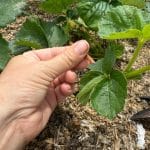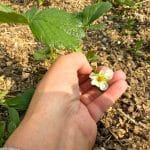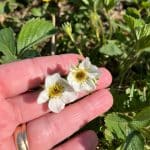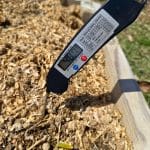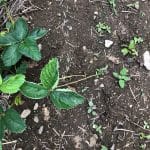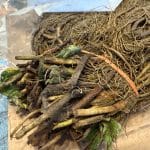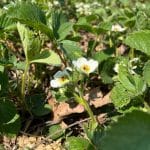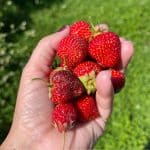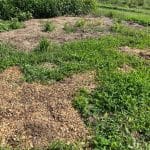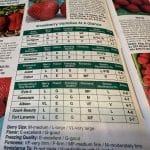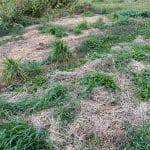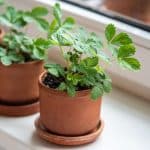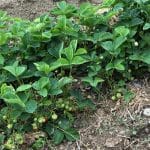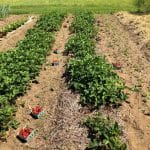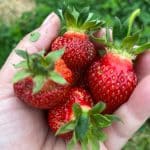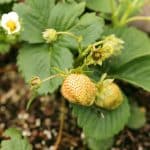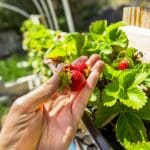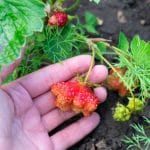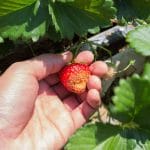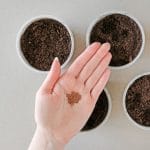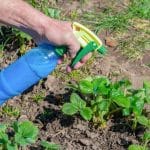Growing Strawberries
Growing strawberries can be easy and fun. Learn the tips and techniques that will make you a successful strawberry grower here, and begin growing strawberries today!
-
How to Handle Runners in a 1st Year Strawberry Patch
-
Do You Really Have to Remove Blossoms from New Strawberry Plants?
-
Managing New Everbearing Strawberries: Blossom Removal
-
Spring Frost Protection for Strawberry Plants: What Do You Need to Do? When?
-
When Should You Plant Strawberries Outside?
-
Where NOT To Plant Your Strawberry Plants
-
10 Reasons to Plant Strawberries from Bare-Root Plants
-
The Best Way to Buy Strawberry Plants for New Beds or Patches
-
Planning Your Strawberry Bed: Calculating The Number of Plants You Need
-
2 Ways to Start Strawberry Plants Ahead of Time for Spring Transplanting
-
Strawberries And The Dirty Dozen – #1 Reason To Grow Your Own!
-
7 Reasons to Rotate Your Strawberry Bed Planting
-
6+ Buying Tips for Indoor Strawberry Growing
-
When Should You Replace Your Strawberry Bed?
-
The Best Type of Strawberries to Grow Inside
-
When To Plant Strawberries in the Fall
-
7 Reasons to Plant Strawberries in the Fall
-
Why You Should NOT Fertilize Strawberries In Spring
-
How to Space June-Bearing Strawberries + Arrangement Tips
-
How to Space Everbearing Strawberries + Arrangement Tips
-
How to Grow a Bumper Crop of Strawberries in A Small Space
-
Why Are My Strawberries Misshapen?
-
Brown Spots on Strawberries: Cause, Prevention and Treatment
-
How to Save Strawberry Seeds
-
Strawberry Bugs and Pests + How to Fight Them

